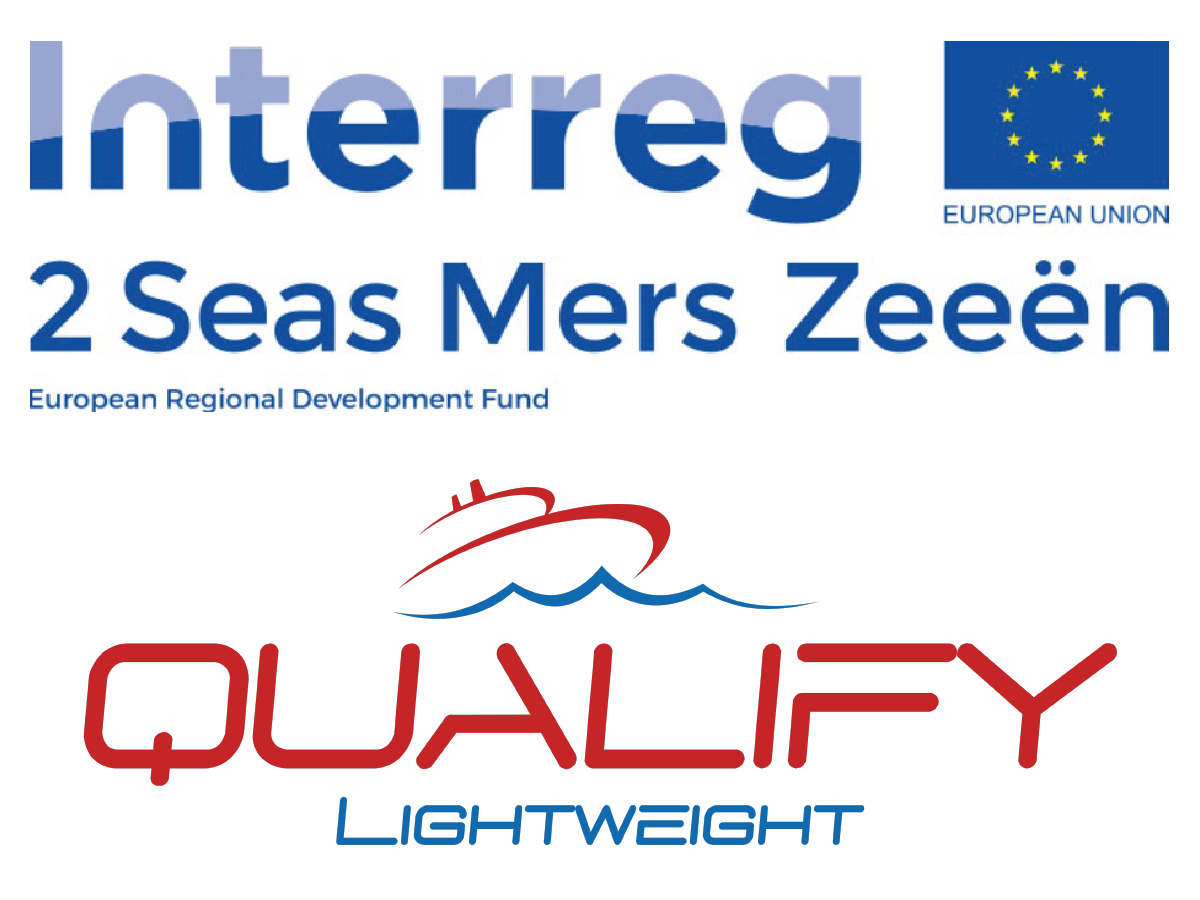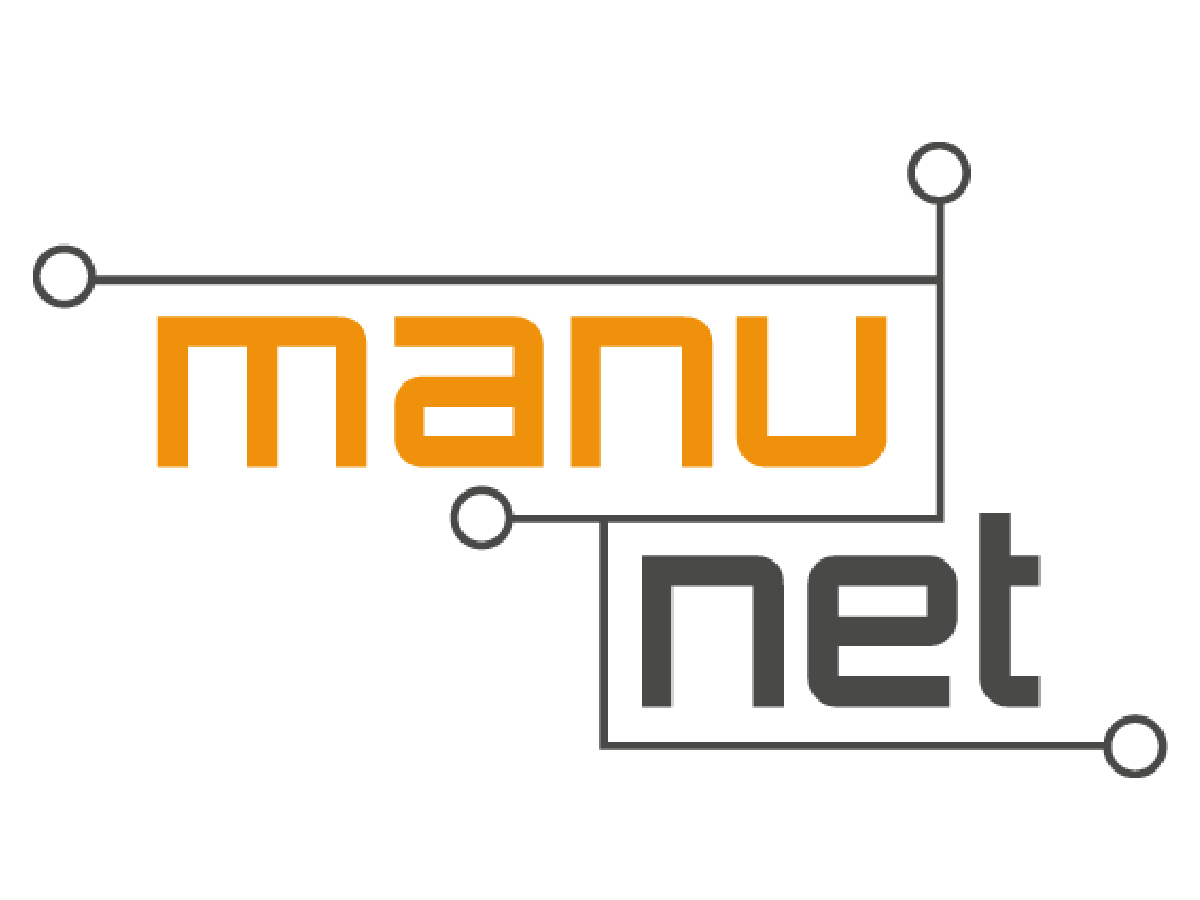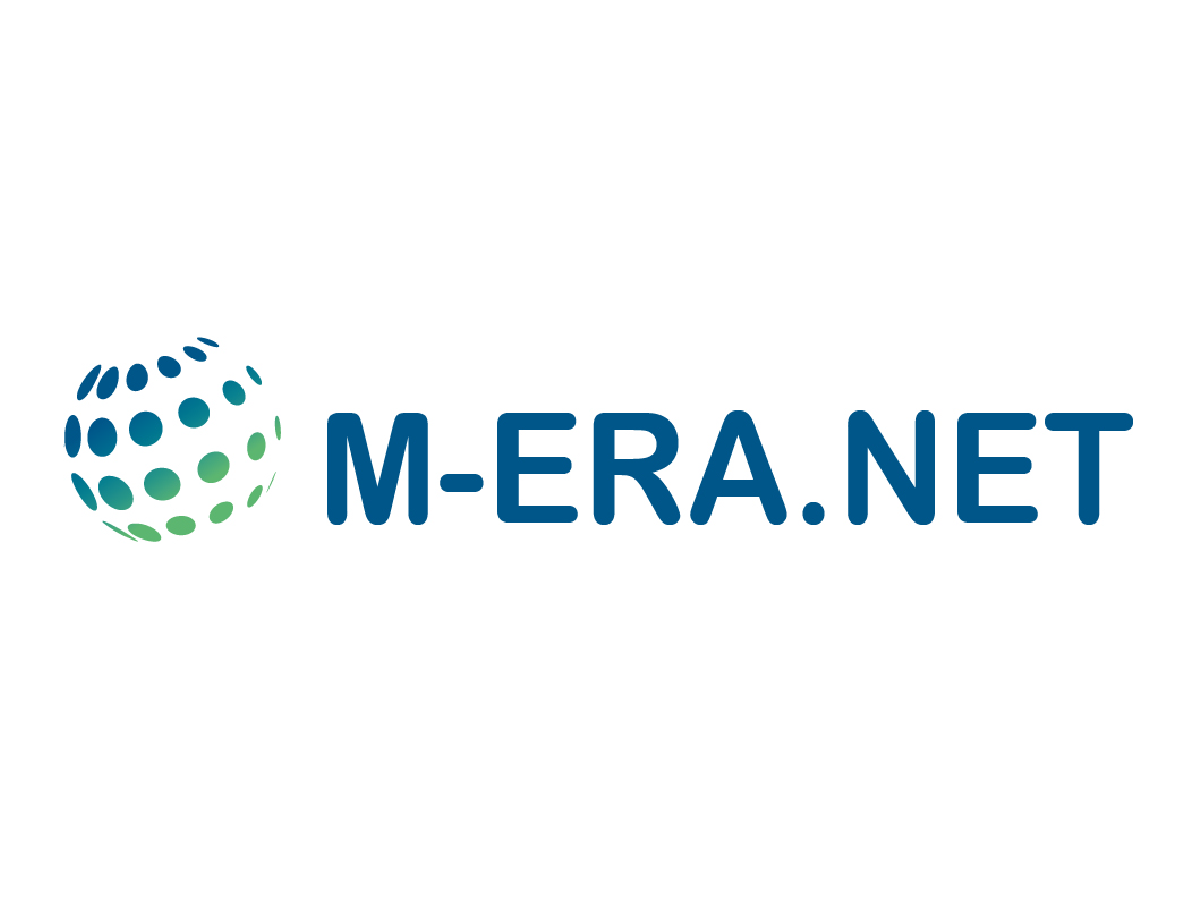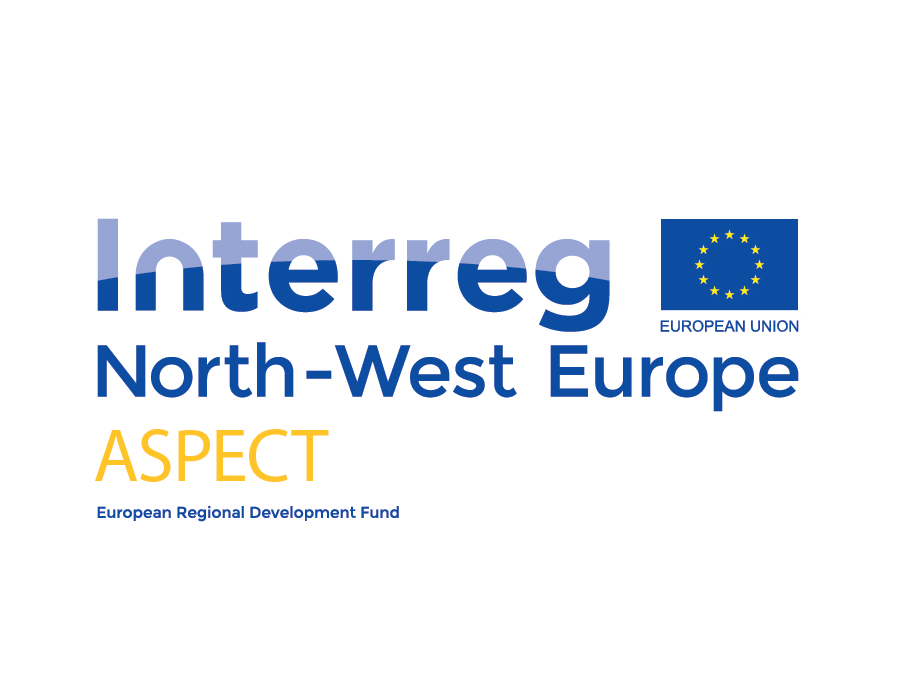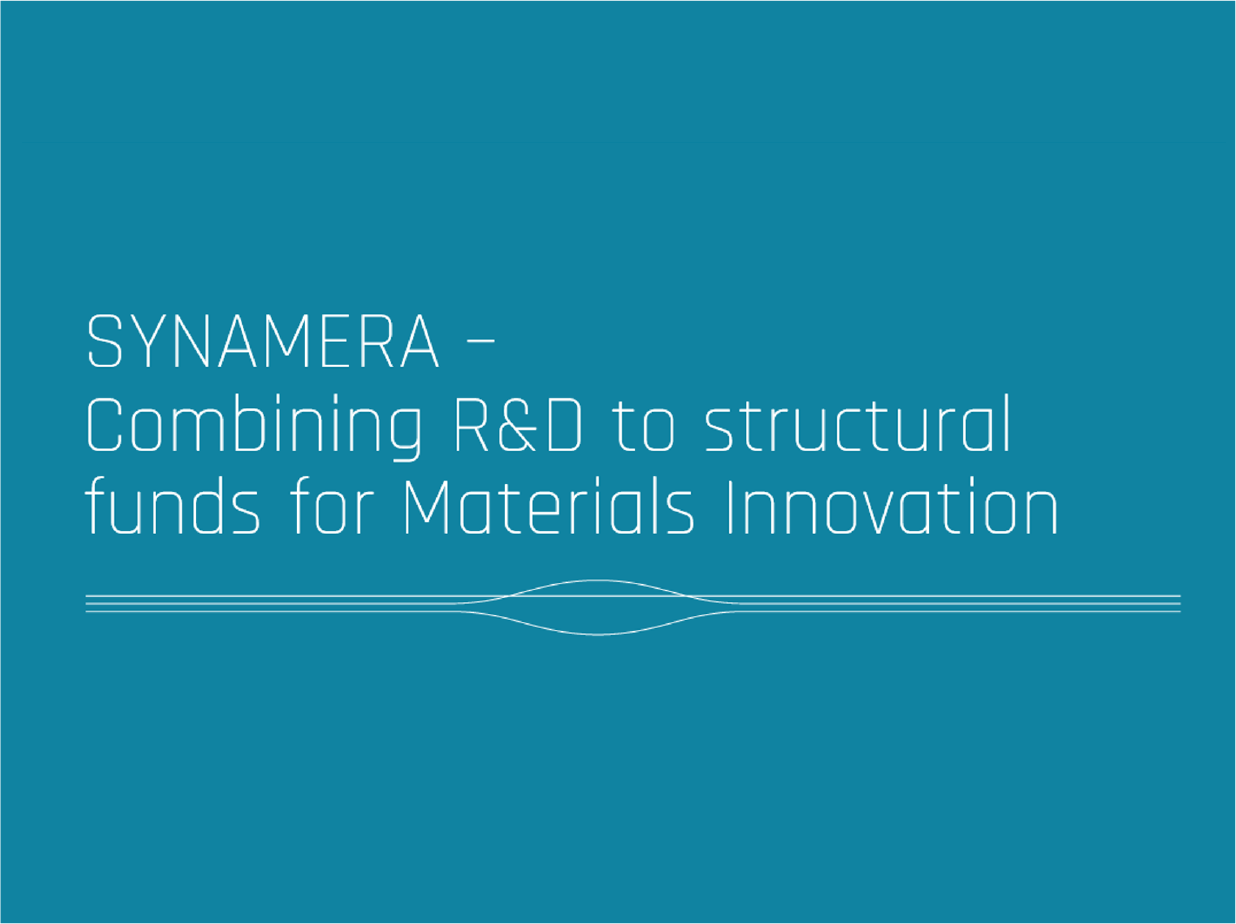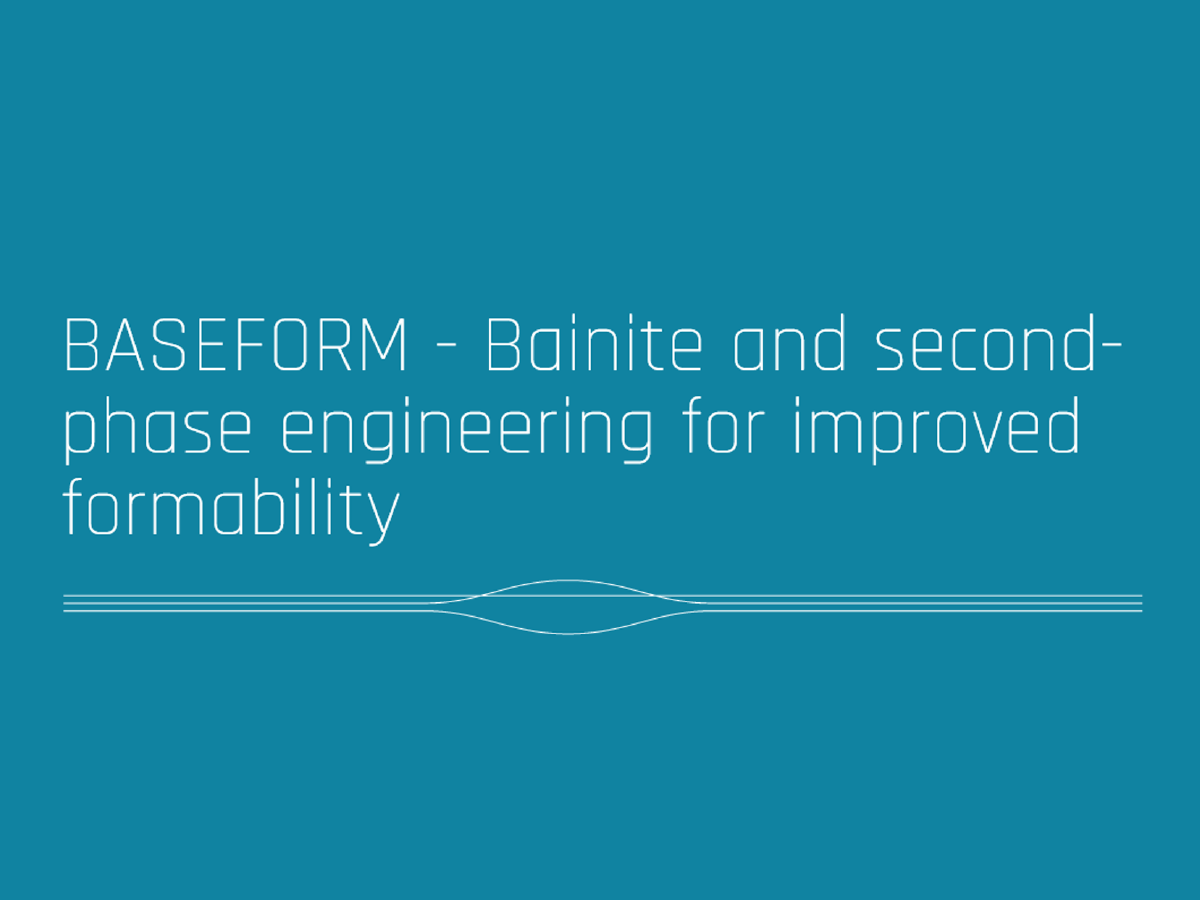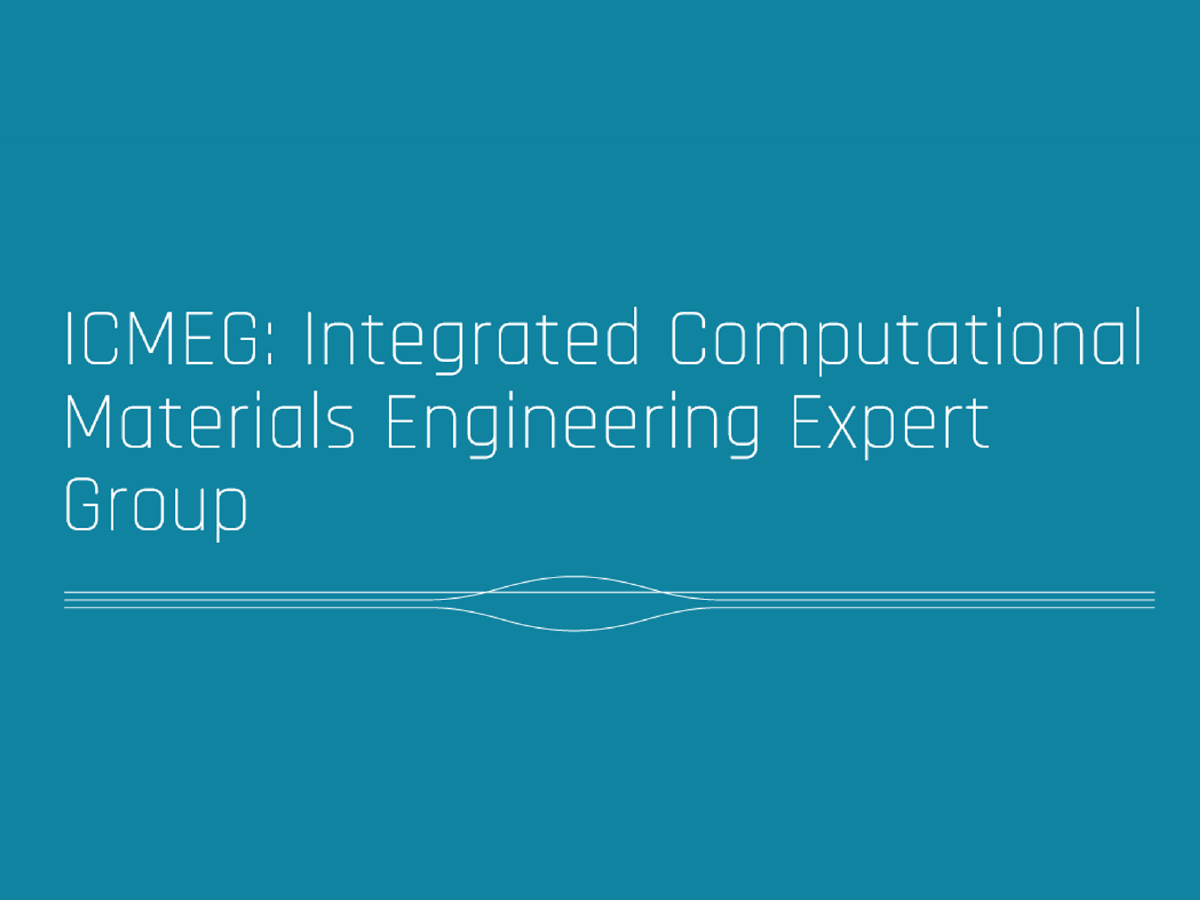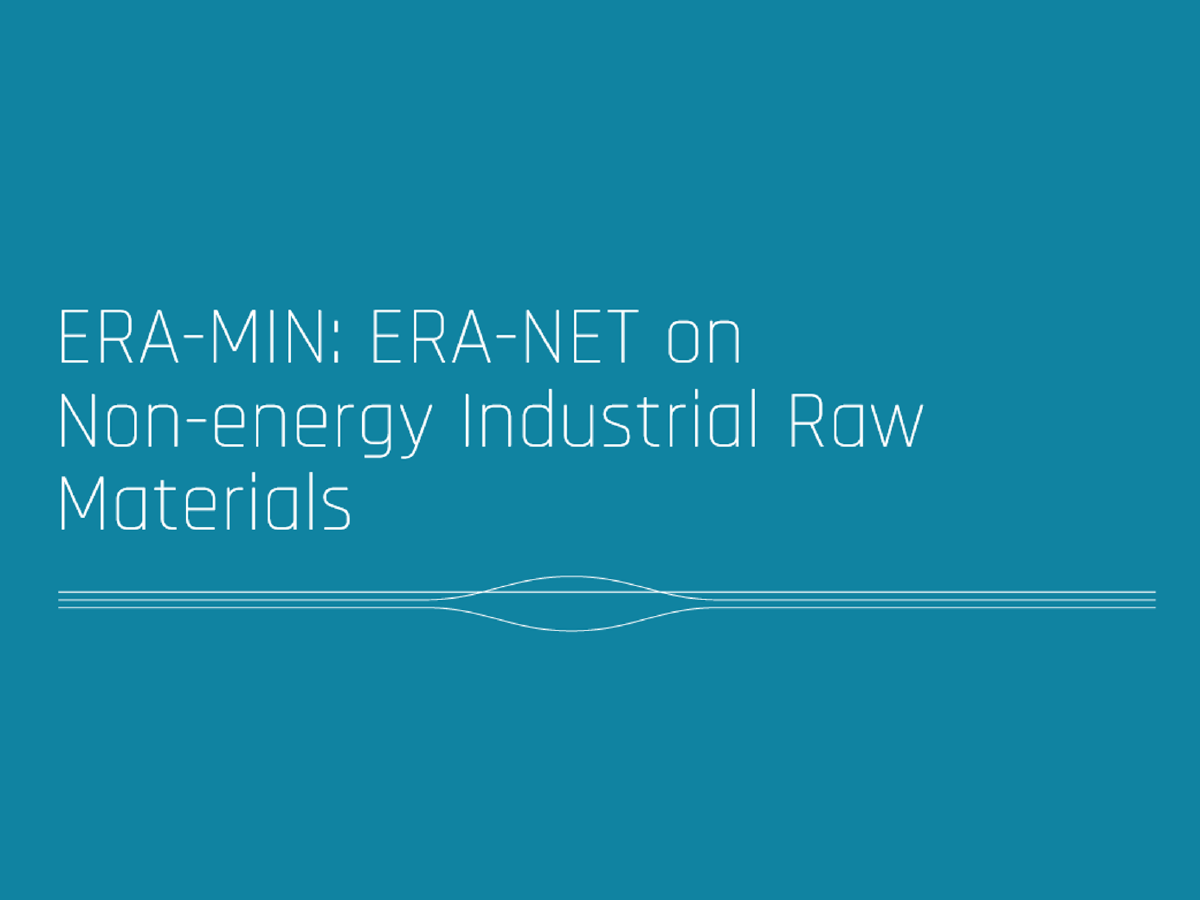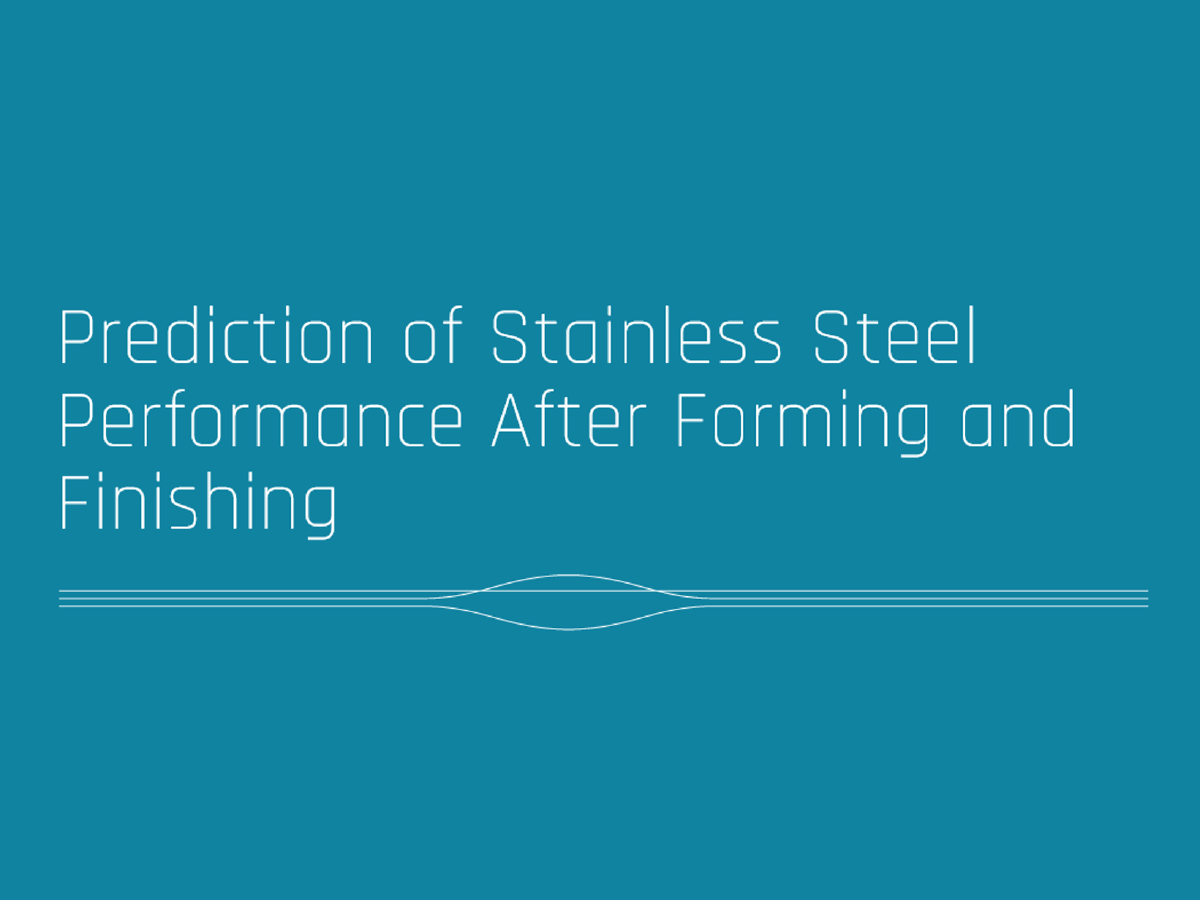Key information: EU funding: € 2.266.689 Million Total budget: € 3.777.816 Million Duration: 52 months [August 2017 – December 2021] The challenge: At present, there are no certification guidelines to orient the naval industry when certifying new designs using hybrid assemblies (adhesively bonded, composite to metal connections), which limits their application
